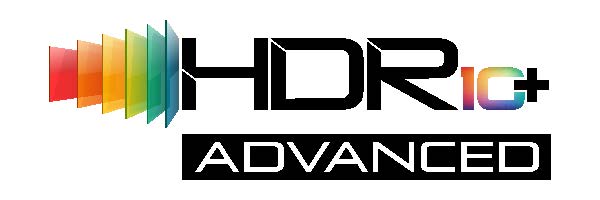WTTW-TV archives HD with JVC's VTRs
The audio and video capabilities of JVC’s ProHD D-VHS tapes better suit WTTW-TV’s needs than more expensive professional VTRs because the original ASI signal from the satellite is never decoded.
WTTW-TV Channel 11 has been Chicago's home for public television for 50 years and has been instrumental in developing stereo audio for TV production and broadcast.
On Jan. 1, 2004, WTTW made its HD broadcast service debut. It focused on the revival of the music show “Soundstage.” A staple on the PBS network in the 1970s, “Soundstage” has returned and is being produced in HD video and Dolby 5.1 surround audio.
The station was using an HD MPEG server with limited capacity and a schedule that included six hours of unique programming repeated four times daily and not repeated again that week. It became clear that we needed a way to archive HD and upconverted widescreen material.
Professional HD videotape recorders are expensive to own and maintain, especially when a two-hour tape exceeds $150. Working with a limited budget, the station was looking for a less expensive solution.
While researching other possible professional HD products, WTTW discovered the JVC ProHD D-VHS series. The inexpensive VTRs' use of low-priced tapes (less than $15 for a three-hour tape) motivated the station to look further at these products. After extensive research, the station decided that JVC's SR-VDA300U VTRs were the perfect solution.
PBS provides two 19.3Mb SMPTE 310-compatible program streams to its member stations. One is a multicast of four SD programs; the other is a full-time HD program service. WTTW uses this HD service along with locally produced HD and upconverted widescreen programs, as well as HD programming acquired from other sources. The satellite receiver used for the HD service provides an ASI output that carries the SMPTE 310 stream. This ASI output is fully compatible with the ProHD D-VHS system, allowing us to record PBS satellite feeds directly to the SR-VDA300U ASI mastering recorder.
The professional video industry's #1 source for news, trends and product and tech information. Sign up below.
The JVC machines provide HD analog component video outputs. Audio is available as either stereo analog or optical. The JVC SR-VD400U ProHD D-VHS player also has an IEEE-1394 Firewire connection. We have successfully tested this output using the new Miranda ASI Bridge, a device that converts the 1394 output to an ASI signal that is compatible with our HD MPEG server. Using the Miranda 1394/ASI Bridge allows the PBS program stream to be directly transferred to the server from the ProHD D-VHS tape, including Dolby AC3 surround sound audio and closed captioning.
Implementation of the new system at the station has been a big success. The high-quality video is maintained through the system, as it is dependent on the quality of the external MPEG encoders. The products have saved a tremendous amount of money without compromising video quality.
The audio and video capabilities of the JVC machines are as good or even better than more expensive professional VTRs, and the tape cost savings are staggering. JVC's ProHD D-VHS format is ideal for any station looking to capture HD less expensively.
Miranda Technologies is working with JVC to modify the ASI Bridge, so our ProHD system can handle basic archive time-shift tasks, something many DTV broadcasters face.
Fred Engel is director of engineering at WTTW-TV Channel 11 in Chicago.
Fred Engel is the recently retired Chief Technology Officer of PBS North Carolina and now has a technology consulting business. PBS North Carolina has a statewide broadcast television network and partners with over 40 Federal, State and Local emergency communication providers who share transmission facilities that were built to manage extreme weather conditions.

